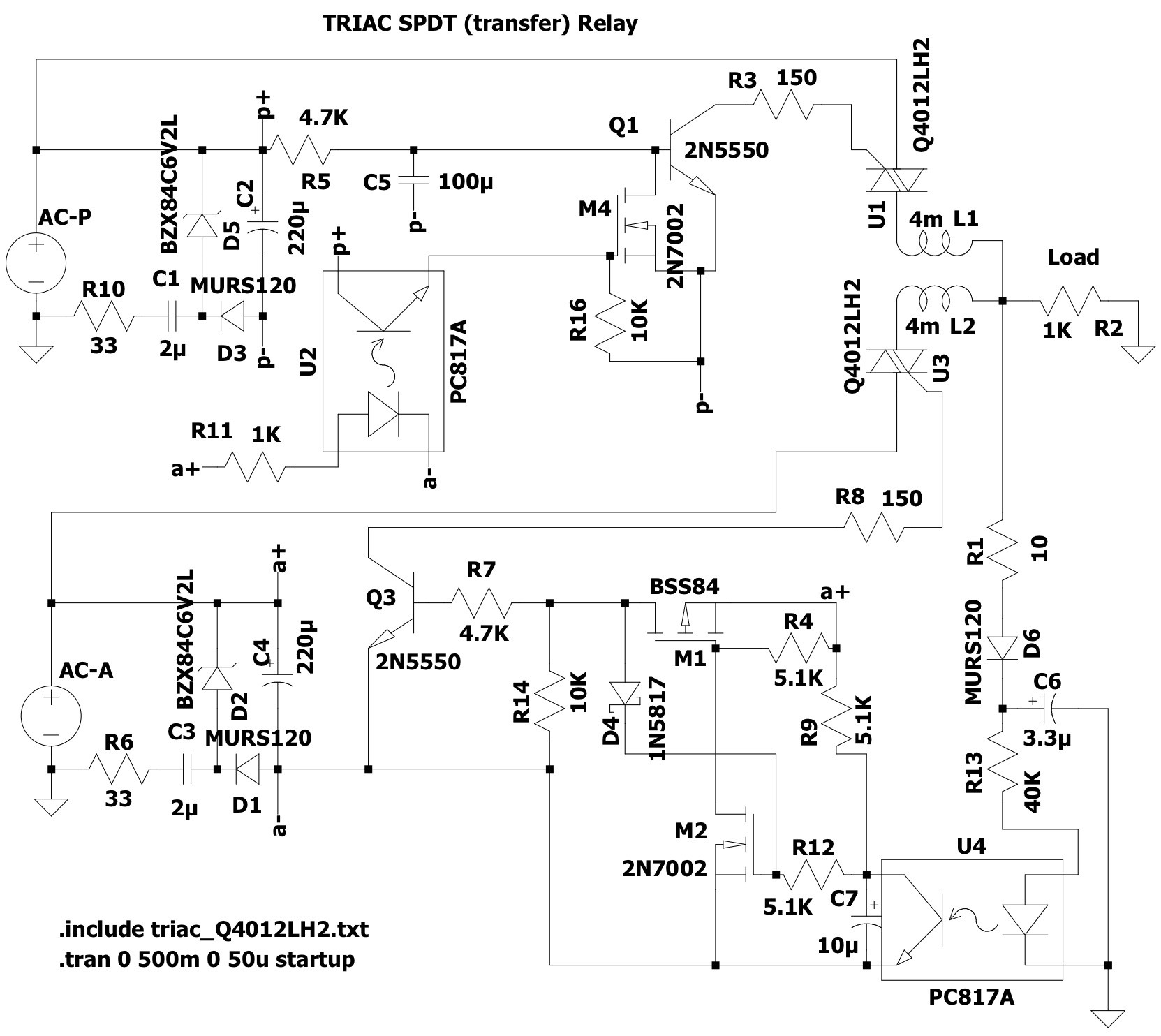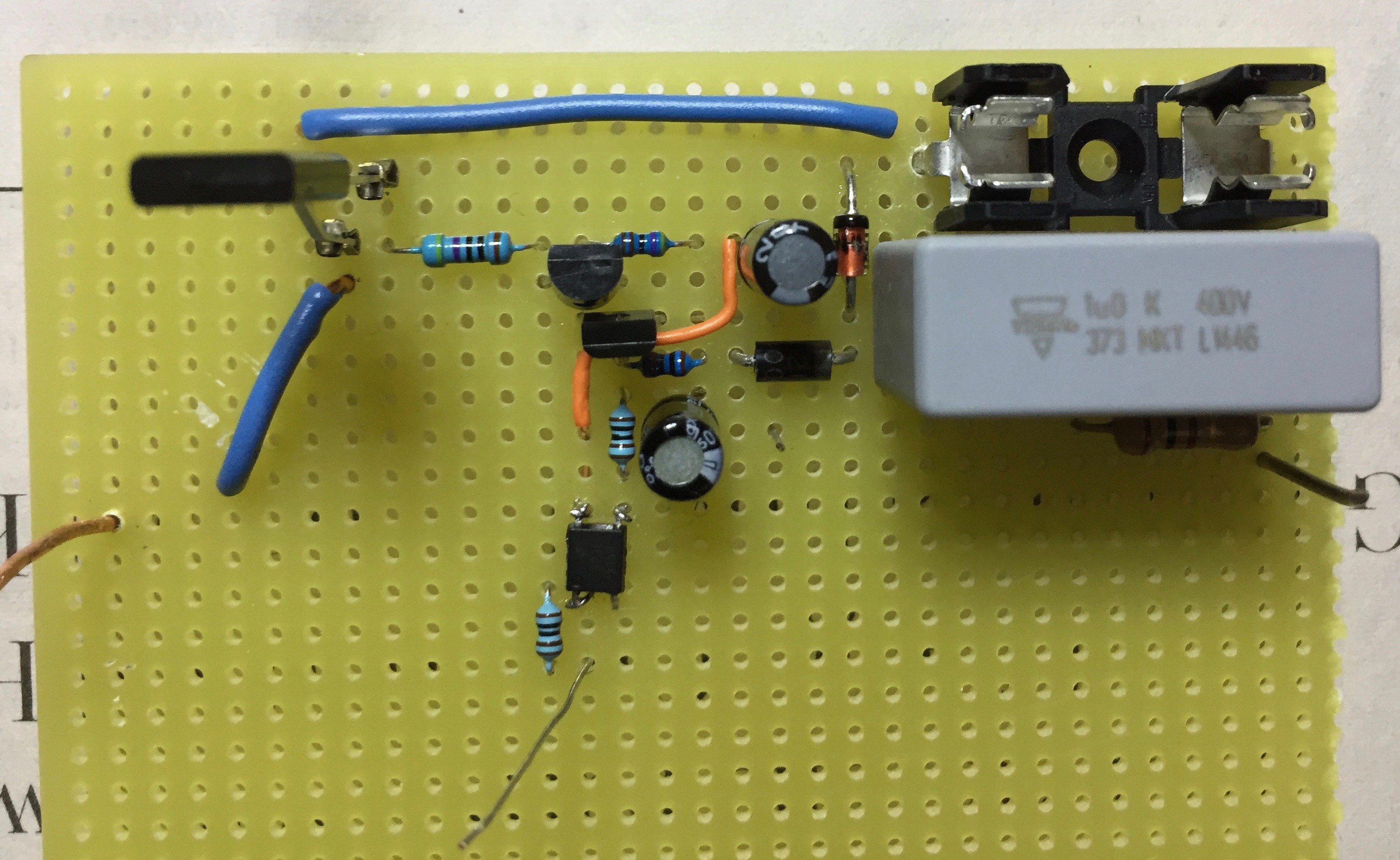I've had a 100W PV system setup in the house for the past year that I've used to help build my little off-grid ecosystem of projects and get experience with solar. One thing you learn really quick is how inefficient & unreliable solar is, particularly in the mid-latitudes.
Example: I use one of my projects, the TS50, to power the internet connection off the PV system. The total power draw (including inverter bias) is about 15W or 1.3A constant from the 12V, 35Ah deep cycle lead acid battery. The battery charge is maintained by a cheap (PWM-based) MPPT charge controller. By early October, even with the panel angle set as optimally as possible (for mounted location), the sun's position in the sky & availability is low enough that I can't get more than two days of run time. How convenient it would be to not have to move the power cord back & forth.
Why buy when you can build? I've also been called out for my preference of MOSFETs in other AC switching applications so I figured this would be a good opportunity to reacquaint myself with TRIACs. They are simpler to use.






 Yann Guidon / YGDES
Yann Guidon / YGDES

 Jakob Wulfkind
Jakob Wulfkind
I am not sure, if a TRIAC based solution without any interlock is really safe for this application. It must be sure, that you never feed power back into the grid. I think a changeover relay or contactors with interlock would be more reliable. Although it looks like overkill, for just the network router. Semiconductors normally tend to fail short.